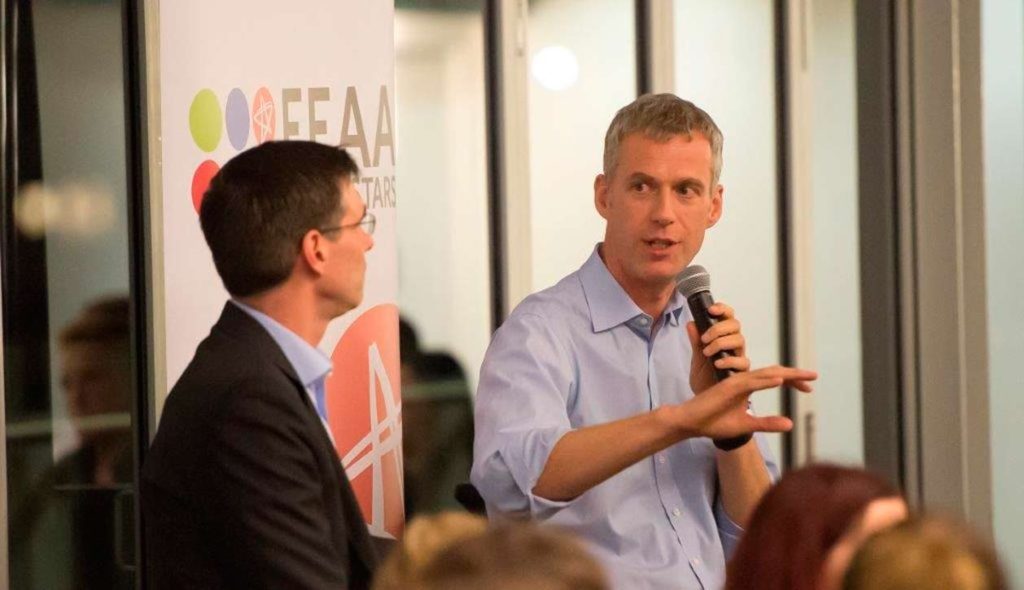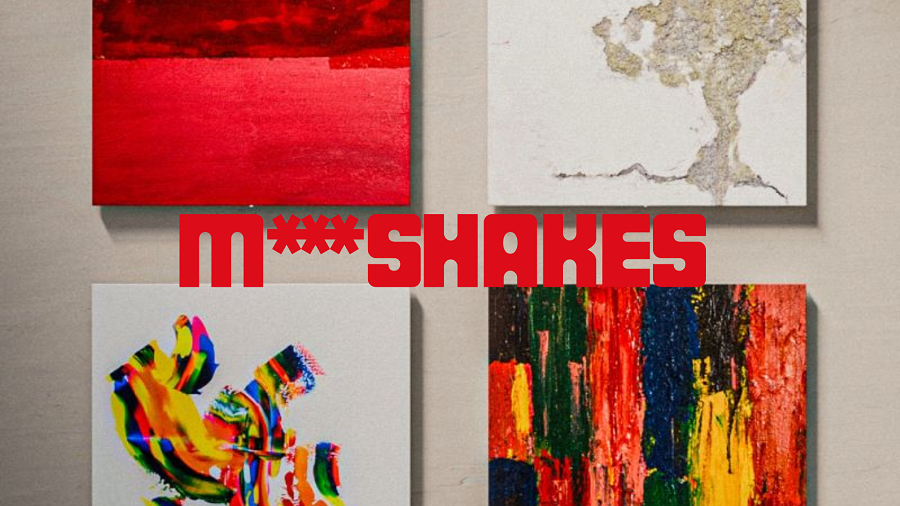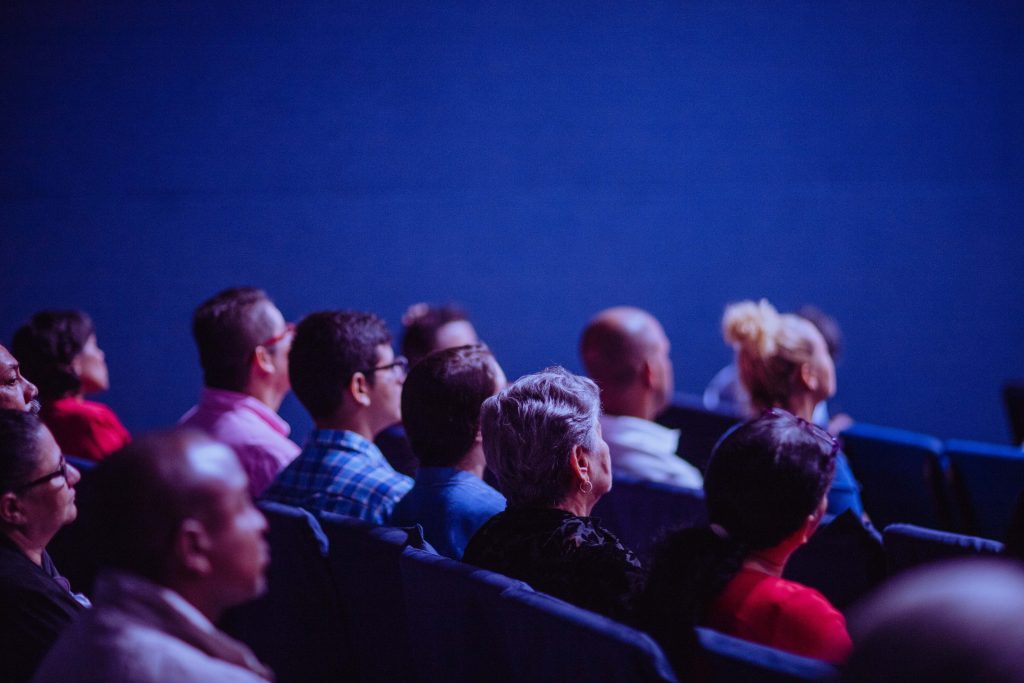
Share news
Listen
Trade show organization has been traditionally split between venues and trade show organisers. Is it changing?
On the one hand, you have a consolidation of the big trade show organizers, a group in which you generally see a clear tendency to look for an evolution of the existing business model, not for a completely different business model. In addition to this consolidation, other organisers, highly specialized in an industry, are appearing. They have flexible structures that allow them to evaluate what was being done so far and what can be improved for a specific event; they are often innovative actors.
You also have the “accidental” organizers who start organizing events to give a service to their community, which was the case for example with the Web Summit. This creates very interesting shows, above all because they have not done anything before and are somewhat “reinventing the wheel” as they go along. Many traditional organizers are increasingly operating with the business incubators in their portfolios to connect these “accidental organisers” and their communities with their in-house expertise.
We used to refer to the “audience” of an event or its “public”… Are we going more towards a concept of community?
Yes, this is coherent with the change we are seeing in the sales model. It used to be based on selling to an exhibitor first, then relying on their gravitational pull to bring in the attendee; now parts pf our industry are turning to those attendees, in their community.
Traditionally, trade shows were driven by trade. Over time, these events have gone from showing – and selling – products to making brands come to life. The focus of the transaction has changed to branding. Nowadays, it is shifting again somewhat, with content and community growing in importance. A great exhibition provides for all three factors: the commercial transaction, the branding and the creation of community. And in this trio, the center of gravity is moving towards the community and the contents.
Today no exhibition is a mere exhibition. There is education, more experiential content… but 90% of the space still is about stands. Will it stay like this?
An exhibition will always consist of a space offered to interested parties to present themselves to a community. If we review what value an organizer brings to its clients, it is essentially connecting supply with demand. In the last 120 years we have delivered this value by selling exhibition space. The concept of stand has been developed to enable that conversation between offer and demand.
The good exhibition will always pursue “leads” for its exhibitors but for that purpose, if the clients ask for a different exhibition space, they will get it. An example can be the evolution of a book fair, which increasingly evolves into a concept of content marketplace where authors sell their ideas and books, which has led to the exhibition area going beyond stands, into large spaces with tables and chairs for meetings where writers and agents meet one on one.
A challenge that everyone seeks to solve is to extend the experience of the event 365 days a year. Is this feasible?
A great exhibition is like Christmas for an industry: it is the one time of the year when people agree to go meet at a specific place. This does not mean that there are not more opportunities to maintain that engagement throughout the year, both offline and online through platforms that allow the event to become a business opportunity throughout the year. Whether or not it works depends on the connection point between the organizer and his community. It is not just a matter of creating a vibrant community; the organizer must also be part of the community. An example would be the ISPO fair in Munich that, through a digital platform, helps share content of interest for the public so they can keep in touch, something that has allowed them to build a relevant community.
We see a tendency to hold more, shorter, more specialized events. Does this trend help connect better and create community?
Yes, more and more events are made more specific and relevant for a specific target, a sub-community within a professional specialty. There is a ‘regionalization’ of events, which is achieved by “geocloning” a large event and taking it to different points. For instance, the automotive industry fair Automechanika is replicated in 15 places around the world year – taking place only once every two years at its “homebase” in Frankfurt.
Will we change the model of charging for square meters? Are there other options?
It is the industry standard, and that will not change overnight. But we see a greater importance of additional services for exhibitors (stand design, catering). Some are also testing models that focus more on leads and connections. It is clear that the industry knows that a secondary monetization model that is different from the traditional sales space scheme is necessary.
Is the trade show industry growing?
Yes, quickly, in fact more than the world economy. During the economic crisis in 2007/08 the exhibitors kept coming, but they spent less. They cut other budgets before cancelling their participation in the industry’s event. Those who stopped coming suffered with the crisis, and for those who kept coming, it was a way to survive and get more business. Today, this industry is bigger than ever before.











